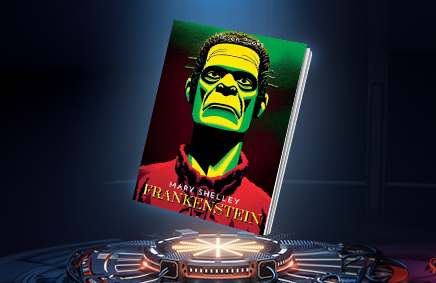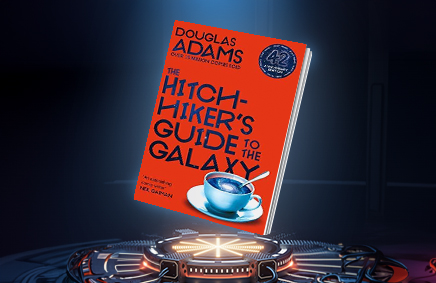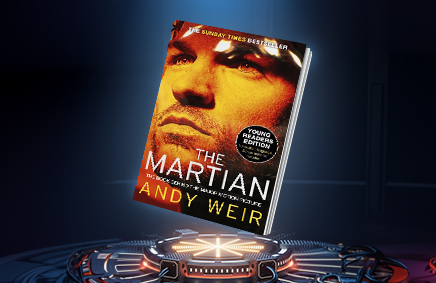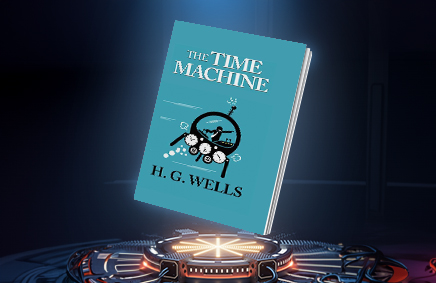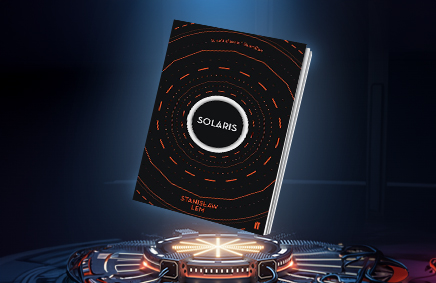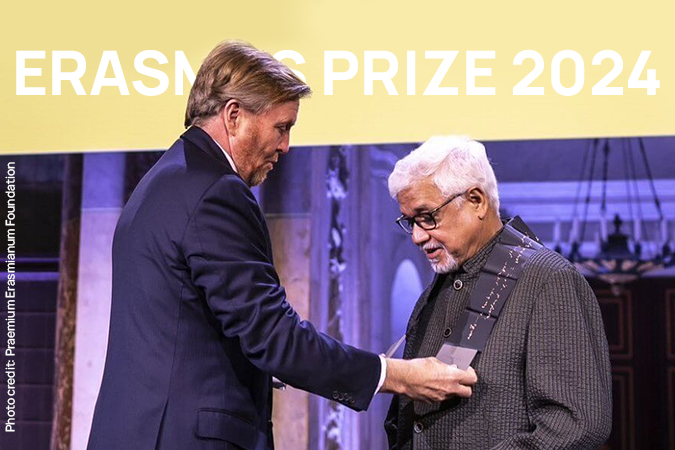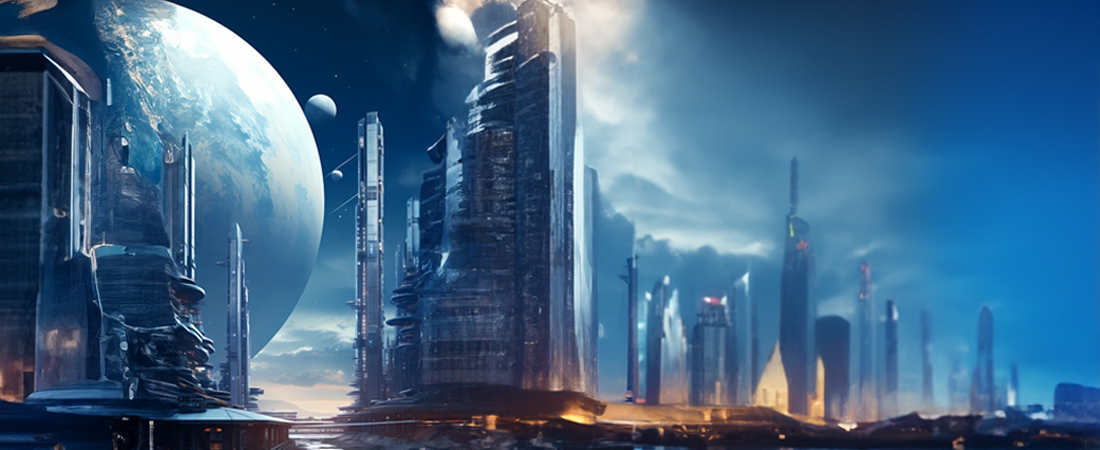
Science fiction books are a quantum leap into a different dimension altogether. Whether you love epic warfare set in space with an alien armada or wish to live on a planet with fairer philosophies than human society, there’s a sci-fi book for you. Made popular by Mary Shelley’s 1818 masterpiece Frankenstein, the science fiction genre has established itself as being capable of both great literary depth and timeless storytelling.
At Bookscape, we love exploring universes far, far away and ponder on various species, societies and systems.
Here are a few of the best sci-fi books of all time (and dimensions!) to help you escape reality:
Also known as The Modern Prometheus, it is a seminal work that has profoundly influenced the science fiction genre. It was written by Mary Shelley when she was just 18 years old and was first published anonymously in London in 1818.
The novel tells the story of Victor Frankenstein, a young scientist who creates a grotesque but sentient creature in an unorthodox scientific experiment. Shelley’s work is considered one of the first examples of science fiction because it deals with the consequences of scientific advancements on human society, a theme that remains central to the genre.
The Hitchhiker’s Guide to the Galaxy by Douglas Adams is a sci-fi comedy book that documents the (mis)adventures of an eccentric human and his alien companion on their intergalactic voyage across space and time. Dark humour defines the tragic-comedic situation of the protagonist Arthur Dent who realises the absurdity of life — he’s not human but a mere part of a computer that a pair of mice bought.
The combination of science fiction and satire with a heavy dose of existential philosophy gives this work a multi-dimensional reading experience. Easter egg: You will also discover the secret significance of the number 42.
Frank Herbert’s Dune has fully earned its seat at the table as one of the top space operas to ever be written. Winner of multiple literary laurels, Dune is hailed as the precursor to George Lucas’s Star Wars. With the right mix of science fiction, fantasy and action, it has inspired a massive universe where Herbert is not afraid to examine weighty issues such as religion, ecological preservation and political gambits. Also considered a young adult read, Dune’s world features lots of terrifying sandworms and humans who possess the processing power of supercomputers!
The Martian is Mark Watney, an astronaut stranded on Mars. Andy Weir’s science fiction book is a winner because it combines the strength of humour, suspense, struggles and scientific detail to paint an immersive picture of Watney’s survival story on the Red Planet.
The novel, which was adapted into a movie with Matt Damon in the lead, explores the psychological impact of isolation and tenacity of the human spirit in overcoming the most inhospitable conditions. The diverse character cast from strong-willed Watney to the NASA scientists in home base, play a unique role that underlines the idea of pushing boundaries and staying hopeful in the face of adversity. The author has cleverly woven in the motif of potatoes, which stand for survival and growth.
1984 by George Orwell is an unsettling essay of a dystopian society with a timeless message that highlights the dynamics of totalitarian government control. Orwell’s eerie portrayal of a tyrannical regime offers profound insights into methods of propaganda, doublespeak, political indoctrination and controlled media to suppress resistance and manipulate public perception.
The author makes a thought-provoking case for the consequences of unchecked rulership. It serves as a sobering reminder that placing too much power into the government’s hands can lead to the erosion of individual autonomy.
Anthony Burgess’s 1962 dystopian novel presents a deeply broken society where juvenile violence prevails. Set in a desolate future, the satirical black comedy traces the conflict between the individual and the state and its tendency to test the limits of morality.
Alex is the protagonist of this science fiction novel, a charismatic but corrupt young man. Through his point of view, readers are exposed to the predilection for motiveless violence and its redemptive renouncement. The author’s linguistic flair is evident in the unique language, Nadsat, created solely for the novel that adds to its charm.
This time travel science fiction classic by H.G. Wells is a first hand account of a time traveler called Alexander Hartdegen who invents a time machine. Hartdegen suffers a personal tragedy that makes him want to change the past. While his friends warn him against disrupting the flow of events, he travels into the future. Here he meets two races: the Eloi who are the physically weak ruling class and the Morlocks, a hardier yet fearful working class. These might be an allegorical portrayal of the human race in the future or symbolise the duality of human nature.
Pertaining to the time traveler, the standout theme is love, intelligence and relationships. While he is able to make an invention way ahead of its time (literally), he is lacking in human connection. He has no sense of belonging or community in the past or present, probably due to the lack of emotional and intellectual connection.
The novel tells us the time-bending story of Billy Pilgrim, a World War II soldier who starts to experience life’s milestones out of chronological order. Vonnegut masterfully brings together science fiction, dark humour and war narratives to defy conventional ideas of time and reality.
One of the major themes to explore in this sci-fi book is the horrors of war and its enduring impact on the lives of innocent people. The vivid portal of the Dresden bombing leaves the reader to go through the carnage and face the senseless savagery of warfare. Looking at life through the lens of Billy Pilgrim, Vonnegut illustrates the frailty and fight of the human spirit. The novel also touches upon the concepts of fate and free will, leaning towards the suggestion that fate and circumstance pull the strings of human life.
Stanislaw Lem paints an amusing depiction of the Western intelligentsia. Set on a distant space station orbiting the mysterious planet Solaris, the story follows psychologist Kris Kelvin. Sent to investigate the unusual behaviors of the station’s crew, Kelvin discovers that Solaris has the ability to materialise the deepest fears and desires of the human mind. As he grapples with his own haunting memories and encounters enigmatic manifestations, the boundaries between reality and illusion blur.
Lem’s classic sci-fi novel is a tale of discovering a fictional universe with a view of human nature, seeking knowledge and humanity’s misgivings about overcoming weaknesses.
Another of Haruki Murakami’s novels where a character slips into a parallel dimension through an unexpected, everyday portal. In the case of 1Q84, this portal is an emergency staircase on an expressway. Set in Tokyo in the year 1984, the narrative intertwines the lives of two characters, Aomame and Tengo, who find themselves in an alternate reality marked by subtle yet bizarre differences from the real world.
Aomame, an assassin, and Tengo, a math teacher and writer, strive to understand their connection and the surreal occurrences around them in the parallel world named 1Q84.
Murakami masterfully blends elements of fantasy, philosophy, and love, creating a thought-provoking exploration of reality, identity, and the human psyche.
Looking for more science fiction suggestions? Read 7 Time Travel Books That Must Be On Every Sci-Fi Fan’s Reading List

